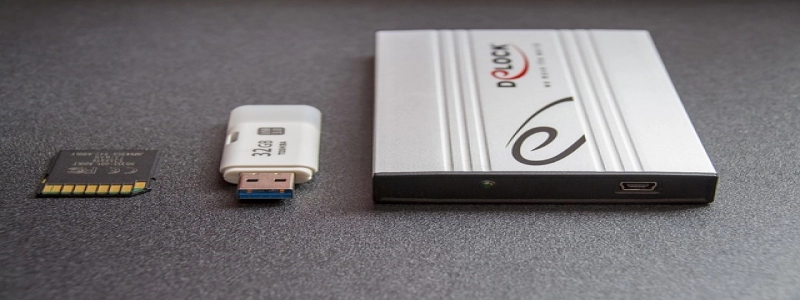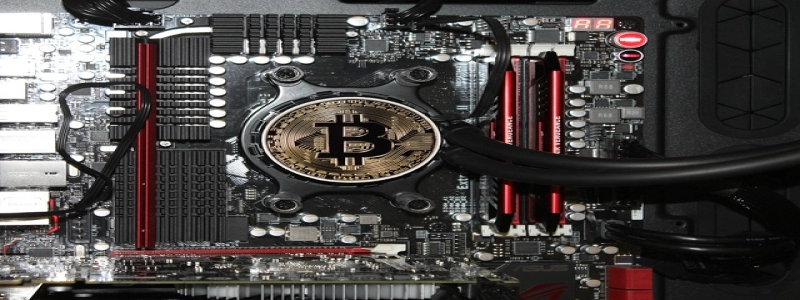Single Mode Fiber Specifications
I. Introduction
A. Definition of Single Mode Fiber
B. Importance of Single Mode Fiber in Telecommunication
II. Specifications of Single Mode Fiber
A. Core Size
1. Definition of Core Size
2. Typical Core Sizes in Single Mode Fibers
B. Fibre Type
1. Definition of Fibre Type
2. Advantages of Single Mode Fiber Types
C. Attenuation
1. Definition of Attenuation
2. Acceptable Attenuation Levels in Single Mode Fibers
D. Bandwidth
1. Definition of Bandwidth
2. Typical Bandwidth Performance of Single Mode Fibers
E. Dispersion
1. Definition of Dispersion
2. Types of Dispersion in Single Mode Fibers
F. Connector Types
1. Definition of Connector Types
2. Popular Connector Types used with Single Mode Fibers
III. Applications of Single Mode Fiber
A. Telecommunication Industry
1. Use of Single Mode Fiber in Long-Haul Communications
2. Single Mode Fiber in Data Centers
B. Healthcare Industry
1. Medical Imaging and Diagnostics
2. Telemedicine
C. Industrial Sector
1. Industrial Automation and Control Systems
2. Oil and Gas Industry
IV. Conclusion
A. Overall Benefits of Single Mode Fiber
B. Increasing Demand for Single Mode Fiber in Various Industries
In this article, we will explore the specifications of single mode fiber, along with its applications in different industries. Single mode fiber refers to a type of optical fiber that allows a single mode of light to propagate through it. It is widely used in telecommunication networks and offers numerous advantages over other types of fibers.
The core size of single mode fiber plays a crucial role in determining its performance. The smaller the core size, the better the efficiency of signal transmission. Typical core sizes in single mode fibers range between 8.3 and 10 micrometers.
There are different types of single mode fibers, each designed to meet specific requirements. These fiber types offer superior performance in terms of signal quality, distance, and speed. They are widely used in long-haul communications and data centers.
Attenuation refers to the loss of signal strength as it travels through the fiber. Single mode fibers have low attenuation levels, typically ranging from 0.3 to 0.5 decibels per kilometer. This low attenuation ensures that the signal can be transmitted over longer distances without significant loss.
Bandwidth refers to the amount of data that can be transmitted through the fiber at a given time. Single mode fibers have high bandwidth capabilities, allowing for efficient data transmission over long distances. Typical bandwidth performance of single mode fibers is around 1 to 100 Gigabits per second.
Dispersion is the spreading of the light pulses as they travel through the fiber. It can cause signal distortion and limit the transmission distance. Single mode fibers have low dispersion levels, allowing for clearer and more accurate signal transmission.
There are various connector types used with single mode fibers, including SC and LC connectors. These connectors offer precise alignment and low insertion loss, ensuring optimal performance of the fiber.
Single mode fibers find applications in multiple industries. In the telecommunication industry, they are used for long-haul communications and in data centers where high-speed and reliable connectivity is required. In the healthcare industry, single mode fibers are used for medical imaging and telemedicine, offering high-resolution and real-time transmission of data. The industrial sector also benefits from single mode fibers in applications such as industrial automation and control systems, as well as in the oil and gas industry for remote monitoring and communication.
In conclusion, single mode fiber specifications, including core size, fiber type, attenuation, bandwidth, dispersion, and connector types, play a vital role in determining its performance. With its numerous advantages, single mode fiber is in high demand across various industries, offering reliable and efficient data transmission capabilities.








